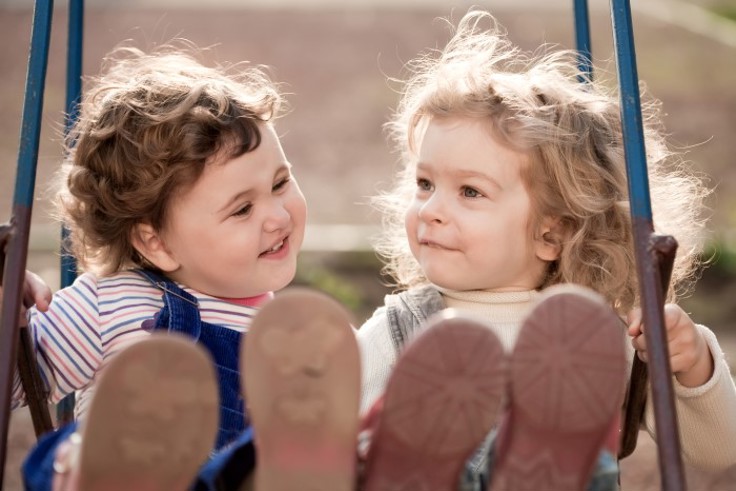Child care study
News
|Updated
This content is archived and will not be updated.

In 2012, the Language and Learning Study (SOL) at the Norwegian Institute of Public Health began to investigate children’s language, social and mental development in child care centres. The aim of the study is to identify factors in the child care centres that promote child development.
This news article is older than 30 days and the information may be outdated
Go to the home pageThe study is part of the Norwegian Mother and Child Cohort Study (MoBa), but this time mothers are not required to fill out a questionnaire. Since we wish to learn more about children’s everyday life in a child care setting, families are asked to forward a questionnaire to the pedagogical leader in the child’s unit or base. The questionnaire will be sent out to 24 000 families.
The role of child care centres in upbringing children
The child care centre is an important arena for play and socialisation for most children. Children have opportunities for positive experiences as well as learning skills that are important for later life. For many children the child care centre is the first opportunity to establish good and secure relationships with adults and children outside their own family. Since child care centres are organised differently, it is important to find out more about what children actually experience and which environments contribute to positive child development. The aim of the SOL study is to gather information for parents, professionals and authorities about how to offer the optimal experiences and learning opportunities for all children.
Good quality in child care centres
Previous research has shown that good quality child care centres can promote children’s language development. Now there is a need for more knowledge about how various factors in the child’s environment contribute to promoting optimal development, both in language and other areas. Furthermore, we wish to explore whether there is great variation between child care centres in the way they operate and, if possible, to define any indicators of good learning environments in the child care centres.
In this study we will collect information from child care centres on three levels:
- Structural factors such as organisation (i.e. small units or larger bases), how many children attend the child care centre, how many adults work there, and the educational background of the staff.
- Process factors such as the pedagogical profile and practice of the child care centre and how the staff experiences their work environment.
- Individual factors concerning the MoBa child such as whether the child has language difficulties or other special needs.
Information from the child care study will also be compared to information we have already collected about each MoBa child from birth to five years of age. We want to use information from all questionnaires to investigate which factors in the child care centres seem to be of importance for positive child development. This is both with regard to the development in the majority of children, as well as for those with special needs, such as language delay or learning difficulties.
Questionnaire to the child care centre via the mother
The questionnaire will be sent to the child care centre via the mother of the five-year-olds who participate in the MoBa study. If the mother wishes to participate in the child care study, she signs the consent form at the front of the questionnaire and delivers the questionnaire to the leader of the child’s unit in the child care centre. The leader is then asked to fill in the questionnaire and return it to the MoBa study.
We have full respect for the fact that it may be a challenge to find time to answer the questionnaire in a busy child care centre schedule, but we hope as many as possible will contribute to the study.
The results from the study will be published in articles, reports and research notes.

